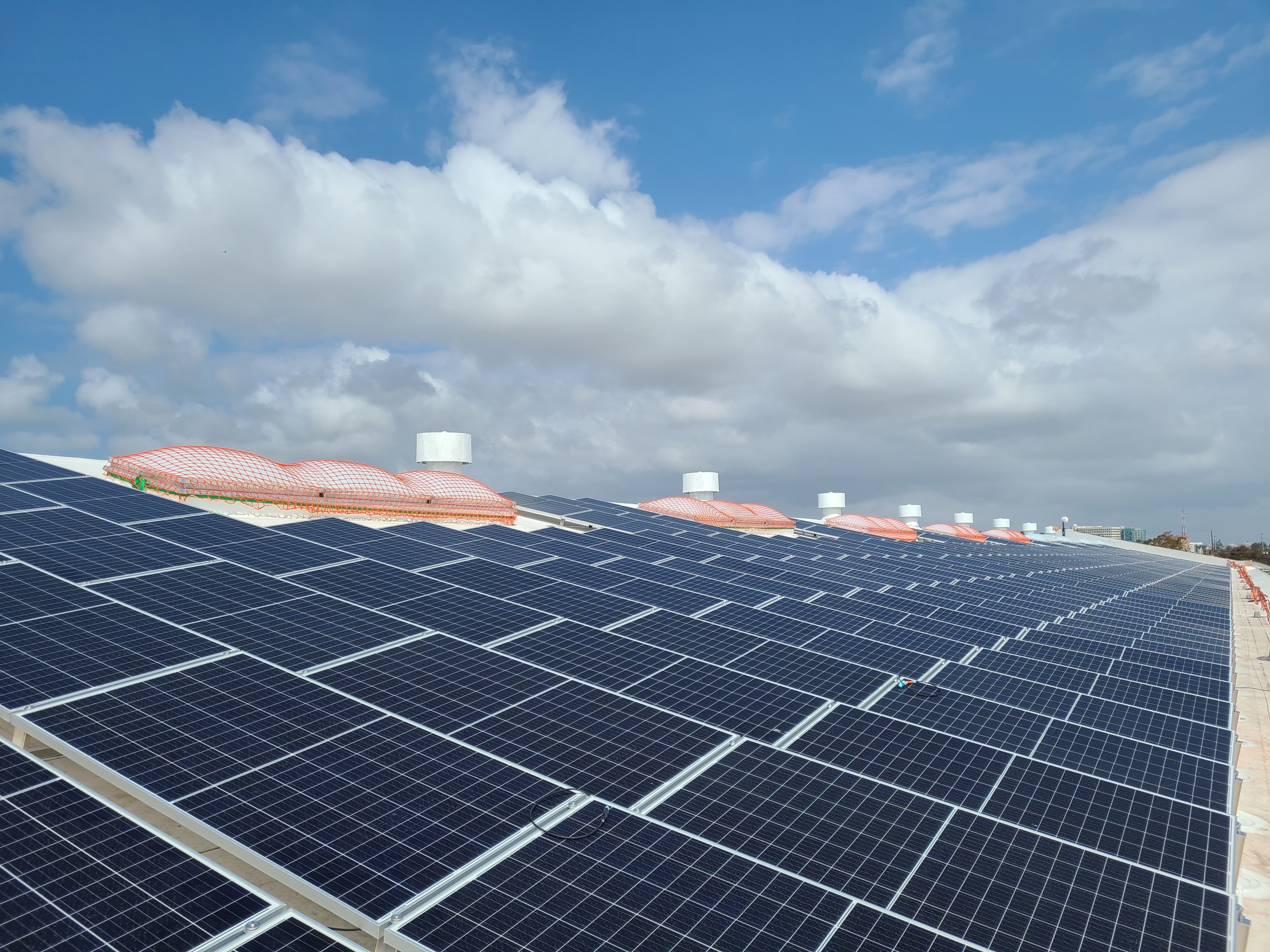“The wind is to our backs”
Clean energy leaders from across the country join Environment America webinar on factors driving renewable energy growth
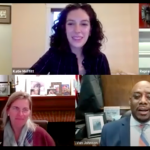
Earlier this month, Environment America Research & Policy Center released Renewables on the Rise 2021, a report that illustrates the growth in renewable energy adoption across the United States over the last decade. To amplify the findings of the report and celebrate clean energy progress in the states, Environment America hosted a webinar discussion with state leaders from Massachusetts, Georgia and Pennsylvania.
As global policy makers gathered in Glasgow at COP26, the United Nations Climate Change Conference, to envision a greener and healthier future, clean energy leaders from states across America joined us to discuss why we’re seeing enormous growth in clean energy adoption and what states can do to accelerate their transition to 100% renewable energy.
The panel featured State Rep. Christopher Rabb from Pennsylvania, State Rep. Marjorie Decker from Massachusetts, Savannah, Georgia, Mayor Van Johnson, and Senior Director of Environment America’s Campaign for 100% Renewable Energy Johanna Neumann. Here are a few takeaways from the event:
Everyone can — and should — get behind a renewable energy transition because, at the end of the day, the way we produce and consume energy creates public health issues for our communities.
As our report demonstrates, the United States has the technical potential to power this country more than 78 times over with energy from the sun and the wind. These abundant renewable energy sources are available to us, because we have developed the technology and capacity to harness them over the last decade. And yet, we still rely on dirty energy sources that pollute our air and water, scar our natural environment, and make our kids sick.
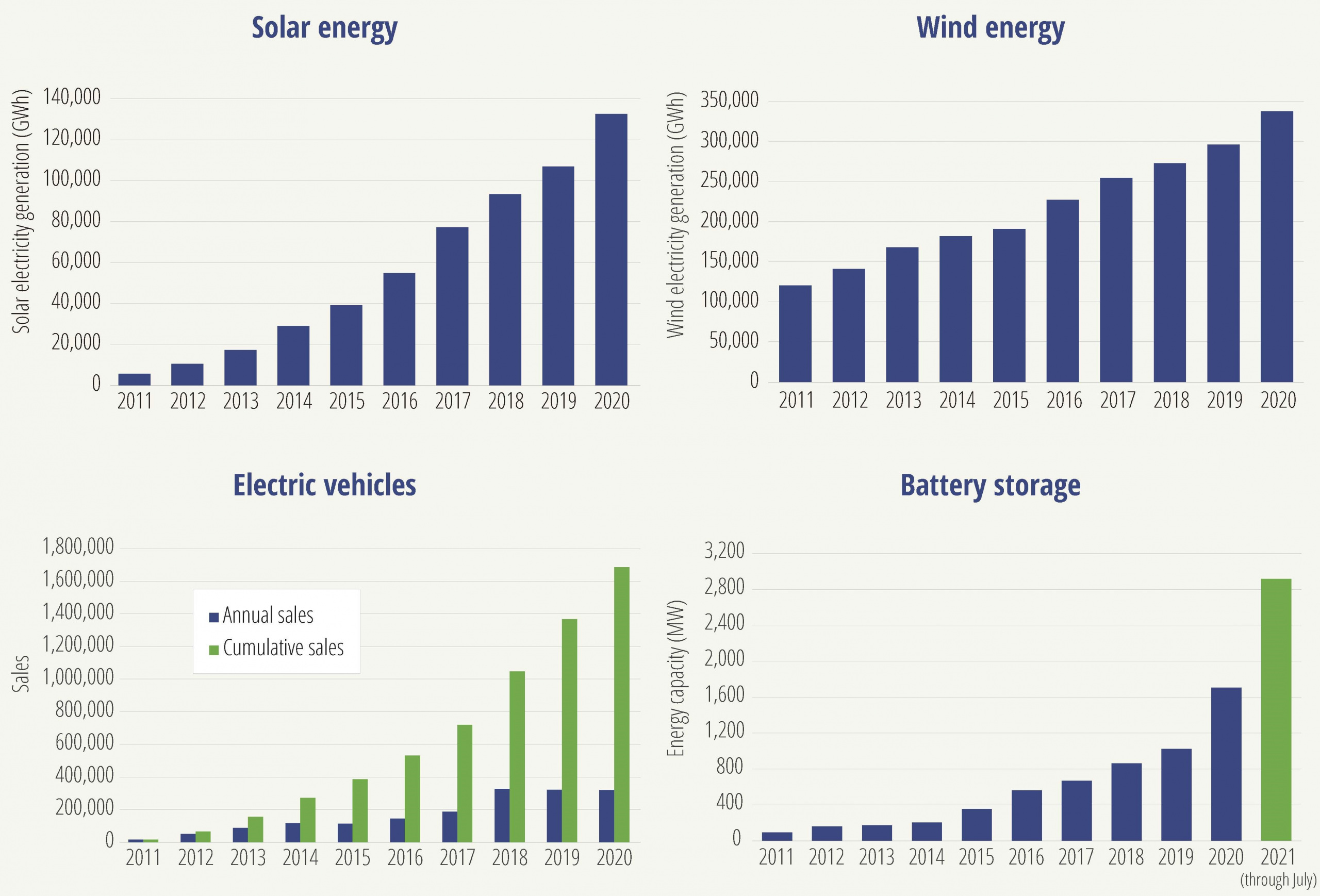
Pennsylvania Rep. Rabb, whose state is one of the largest producers of fracked gas and coal, spoke on the webinar about how the public health urgency should power the transition to renewable energy.
Motivated by the health challenges his constituents face, Rep. Rabb sponsored Go100PA, a bill that would put the commonwealth on track to source 100% of its energy needs from renewable resources by 2050. Speaking from the experience of bridging political divides to unite behind clean energy efforts, Rep. Rabb shared that “when [renewables] are producing things that everyone likes, that is going to influence the priorities of people in power.”
Renewable energy is taking off in states of all political makeups.
Alongside the analysis of clean energy growth over the past decade, Renewables on the Rise 2021 features state rankings across renewable energy technologies. Certain rankings, such as California topping the charts for solar electricity growth, come as no surprise. Other rankings are a bit less expected. Consider the animated graphic below. It illustrates how Texas has topped the charts in many categories of renewable energy growth, including, most notably, in total net generation of renewable energy between 2011 and 2020.
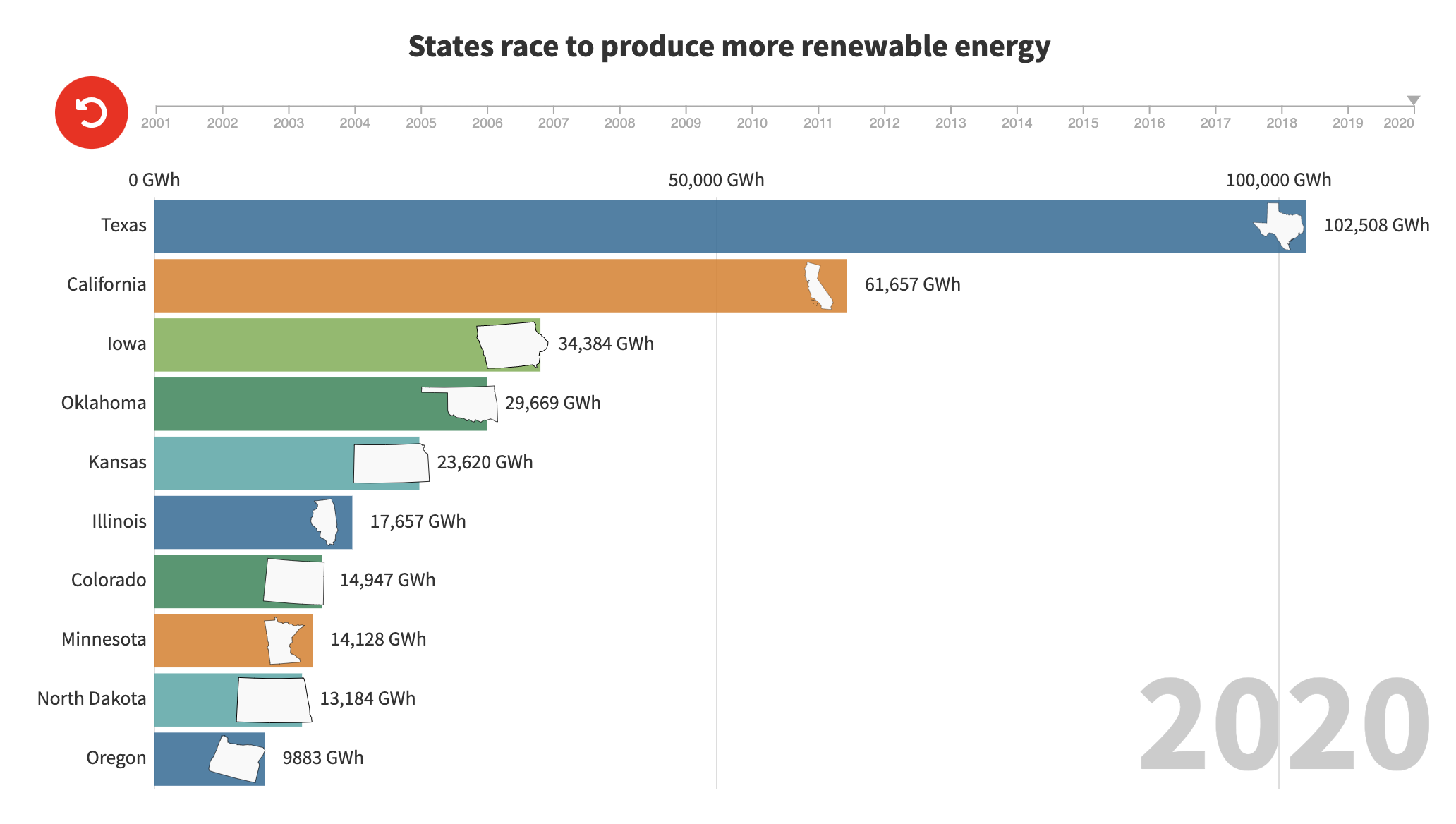
The “states race to produce more renewable energy” graphic above shows that it’s not just states with 100% renewable energy commitments or progressive leadership that are working toward a renewable energy transition. In fact, even states with conservative leadership or a long history with the fossil fuel industry are leading in renewable energy growth. Transitioning to renewable energy is a no-brainer and the trends show that. As Neumann explained in the webinar: “Progress hasn’t been limited by region or political background — states across the country are seeing renewables boom because they just make sense.”
Mayor Johnson has demonstrated that a solid renewable energy plan can help cities of varied demographics, economic statuses and locations. Along with Savannah’s recent commitment to 100% renewable energy, Mayor Johnson has worked with other cities like Atlanta to do the same with a lot of success. His program, Solarize Savannah, has helped homeowners and businesses repower with solar energy at a lower cost.
He shared: “The consensus is that solar and wind are the cheapest new energy sources that we have today and that’s why solar is [growing] even when policy support isn’t there.”
When cities and states make 100% renewable energy commitments, they set a model and a pace for other states to follow. Recent history proves this is true.
Renewable energy growth is due, in part, to the ambitious work of state leaders who have secured 100% renewable energy commitments in their states. In 2015, Hawaii announced its pledge to transition to 100 percent renewable energy by 2045. Since then, eight other states have made similar commitments and many more have introduced legislation to do so. In many cases, cities have also leaned into this trend, bringing clean energy into the mainstream in their states.
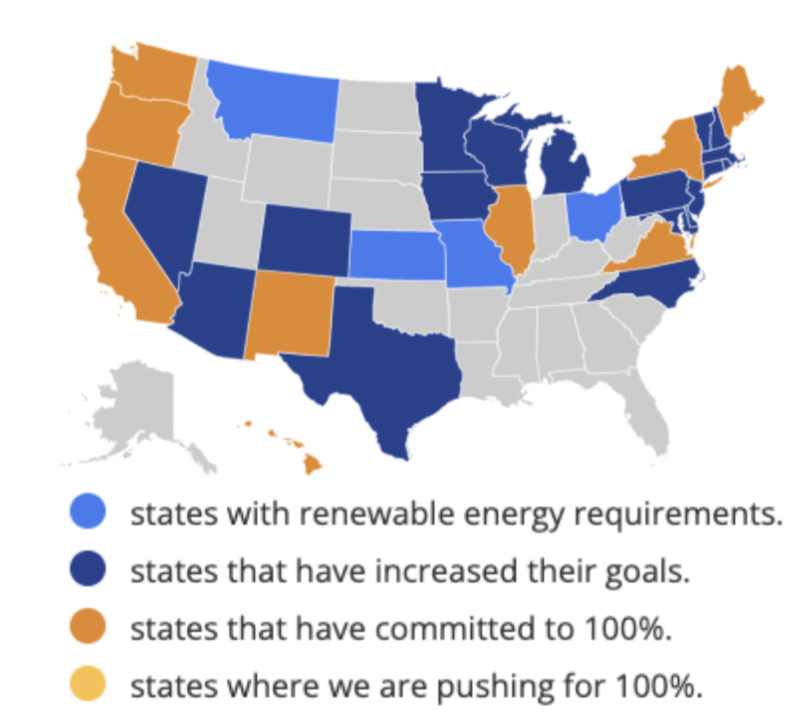
For example, in Massachusetts, six cities have committed to 100% renewable energy. These efforts have made it possible for Rep. Decker to press for the state to commit to an entirely clean energy system through the 100% Clean Act. According to Rep. Decker, “cities often lead the way for states and the rest of the nation to follow. And we also know when states lead the way, so goes the country.” She anticipates that if passed, the 100% Clean Act will inspire other states to action because “whenever Massachusetts can accomplish something, we become a tool for other states to learn from our best practices.”
Leadership at every level of government can make a tangible impact on clean energy adoption.
To accelerate and amplify the progress states have made, legislators must prioritize extending and expanding clean energy tax credits, both nationally and locally. This mechanism will help bring clean energy to scale.
As she presented key findings from Renewables on the Rise 2021, Neumann explained that “supportive policies, from renewable energy goals and standards in dozens of states to federal programs like clean energy tax incentives, have helped and will continue to fuel a virtuous cycle of clean energy progress.”
For more information about renewable energy growth, check out Renewables on the Rise 2021 or watch the recording of “Tracing clean energy from coast to coast: How trailblazers in the states are making the case for a renewable energy future.”
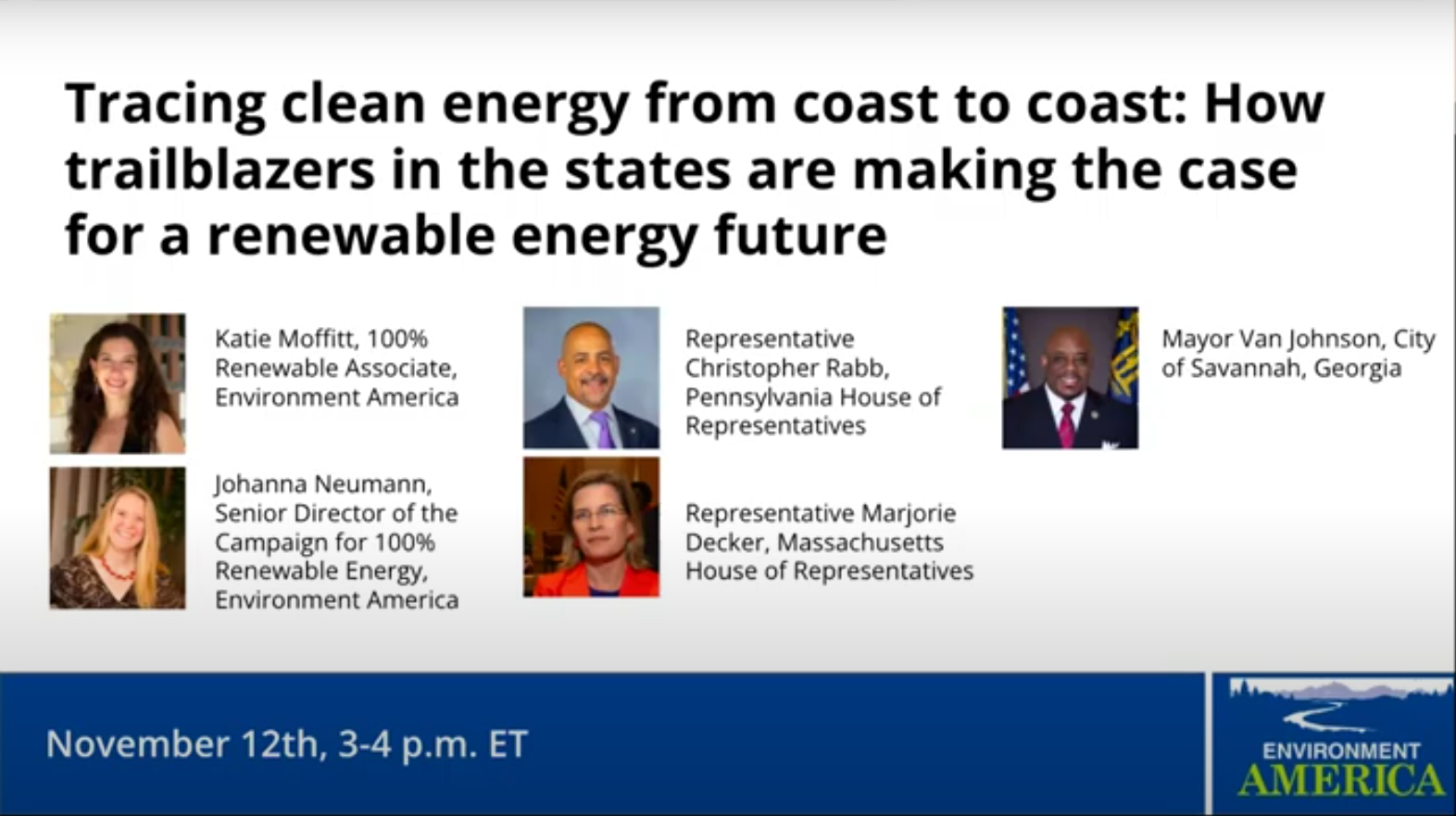
Topics
Authors
Katie Moffitt
Find Out More
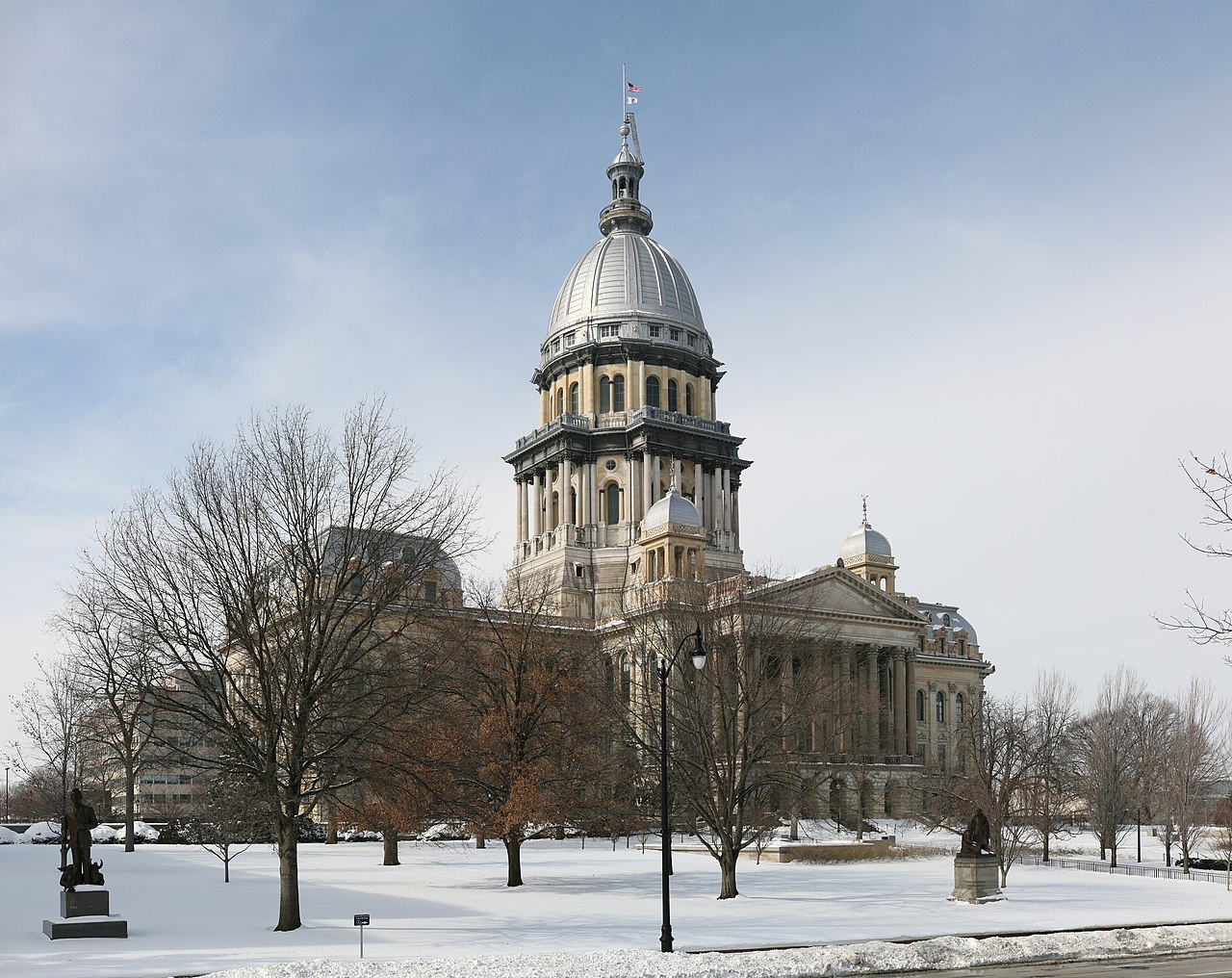
Our 2024 priorities in the states
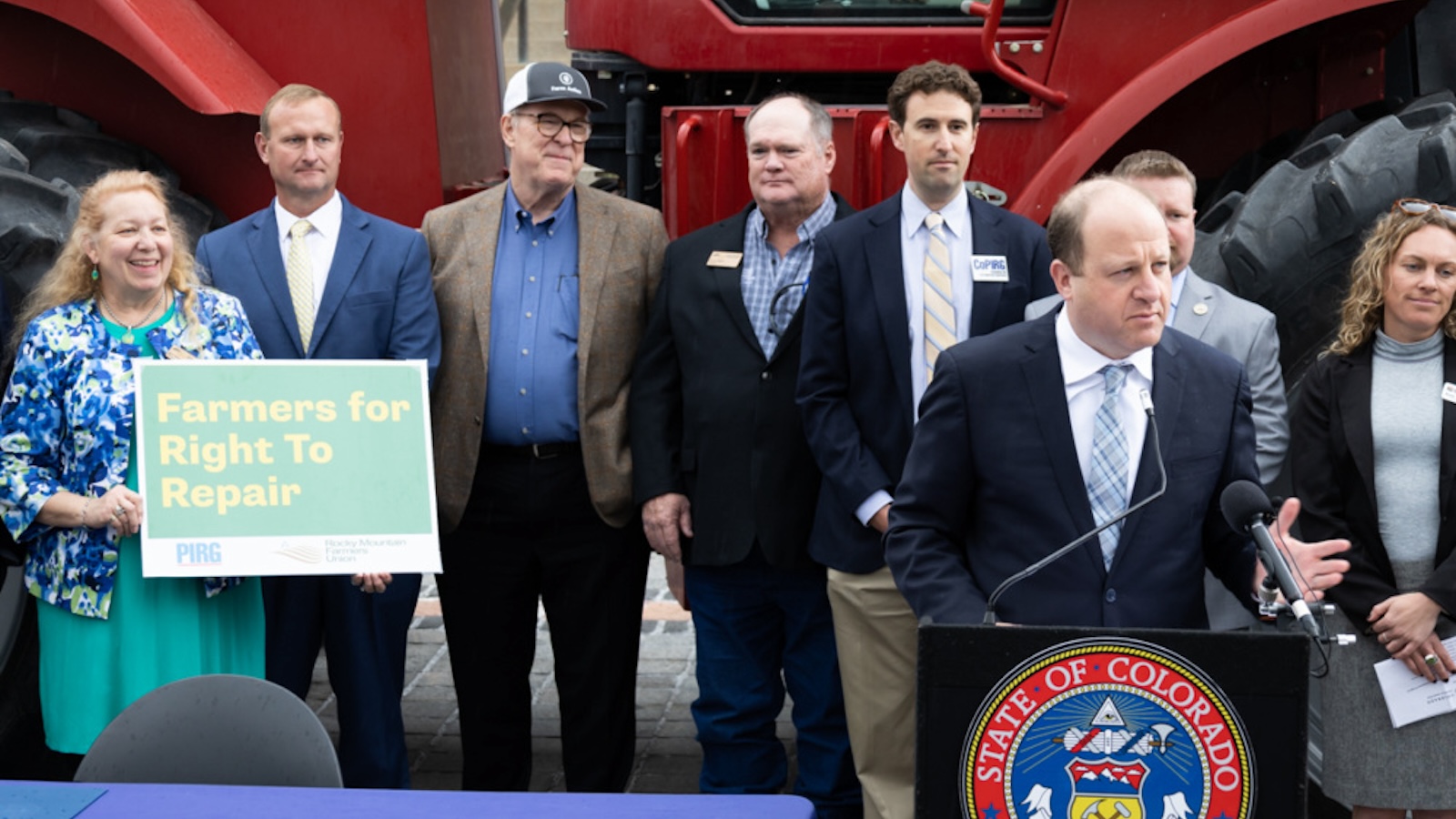
Celebrating new protections taking effect in 2024

A look back at what our unique network accomplished in 2023
